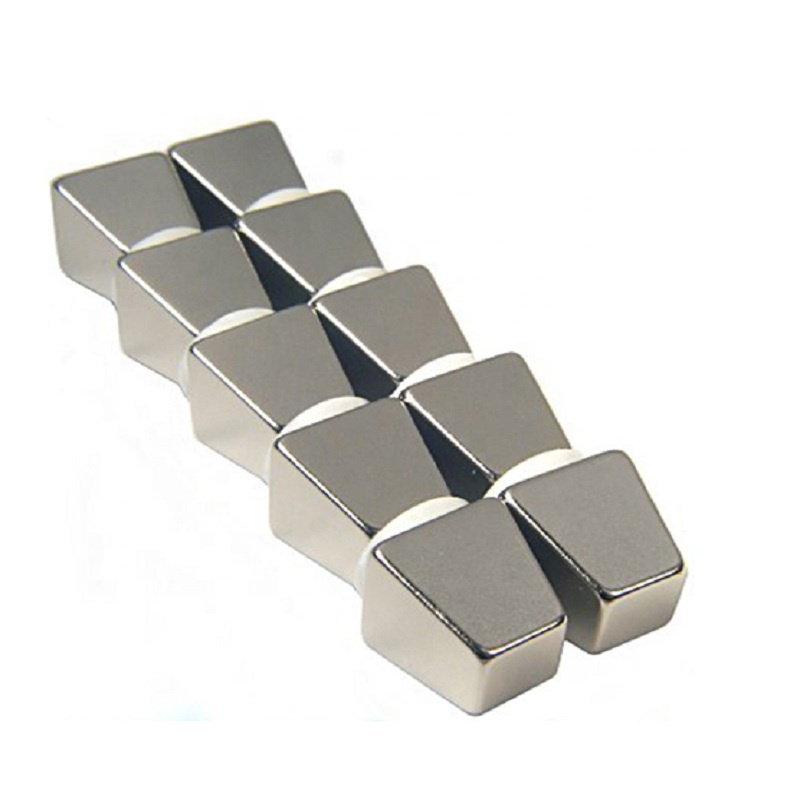How magnets work?
What exactly makes a magnet stick to certain metals? By extension,why don't they stick to other metals? Why do they attract or repel each other, depending on their positioning? And what makes neodymium magnets so much stronger than the ceramic magnets we played with as children?
Until recently, all magnets were made from metal elements or alloys. These materials produced magnets of different strengths. For example:
Ceramic magnets, like the ones used in refrigerator magnets and elementary-school science experiments, contain iron oxide in a ceramic composite. Most ceramic magnets, sometimes known as ferric magnets, aren't particularly strong.
Alnico magnets are made from aluminum, nickel and cobalt. They're stronger than ceramic magnets, but not as strong as the ones that incorporate a class of elements known as rare-earth metals.
Neodymium magnets contain iron, boron and the rare-earth element neodymium.
Samarium cobalt magnets combine cobalt with the rare-earth element samarium. In the past few years, scientists have also discovered magnetic polymers, or plastic magnets. Some of these are flexible and moldable. However, some work only at extremely low temperatures, and others pick up only very light weight materials, like iron filings.
Magnetic lines of force, or flux, are measured in Webers (Wb). In electromagnetic systems, the flux relates to the current.
A field's strength, or the density of the flux, is measured in Tesla (T) or gauss (G). One Tesla is equal to 10,000 gauss. You can also measure the field strength in Webers per square meter. In equations, the symbol B represents field strength.
The field's magnitude is measured in amperes per meter or oersted. The symbol H represents it in equations.
 Next: Magnet FAQ
Next: Magnet FAQ














